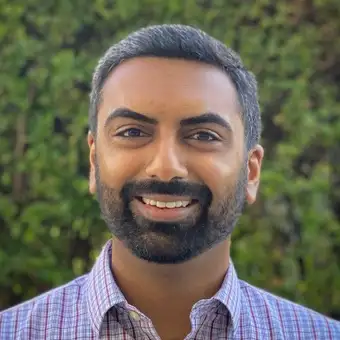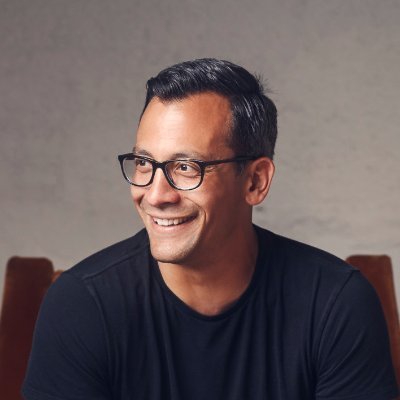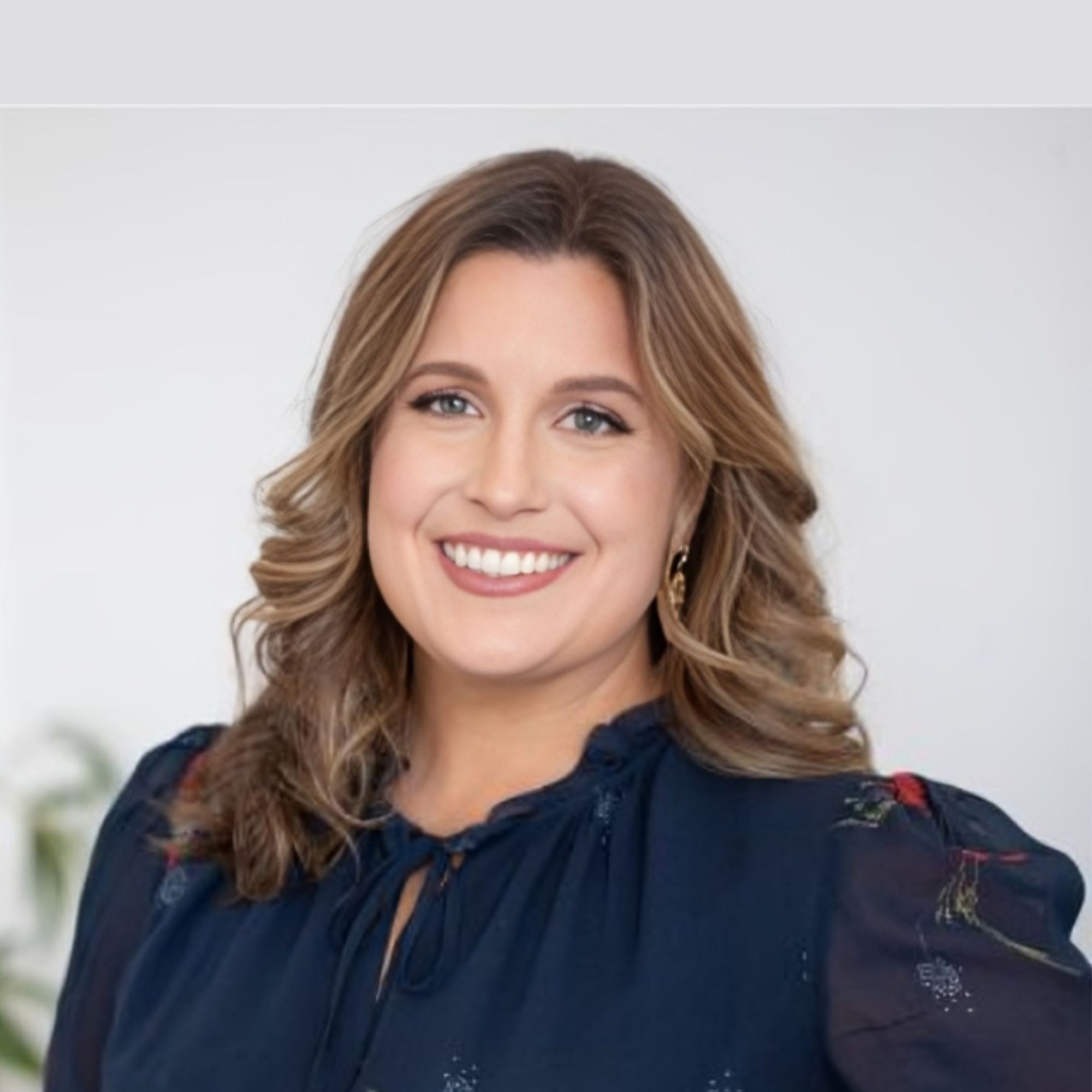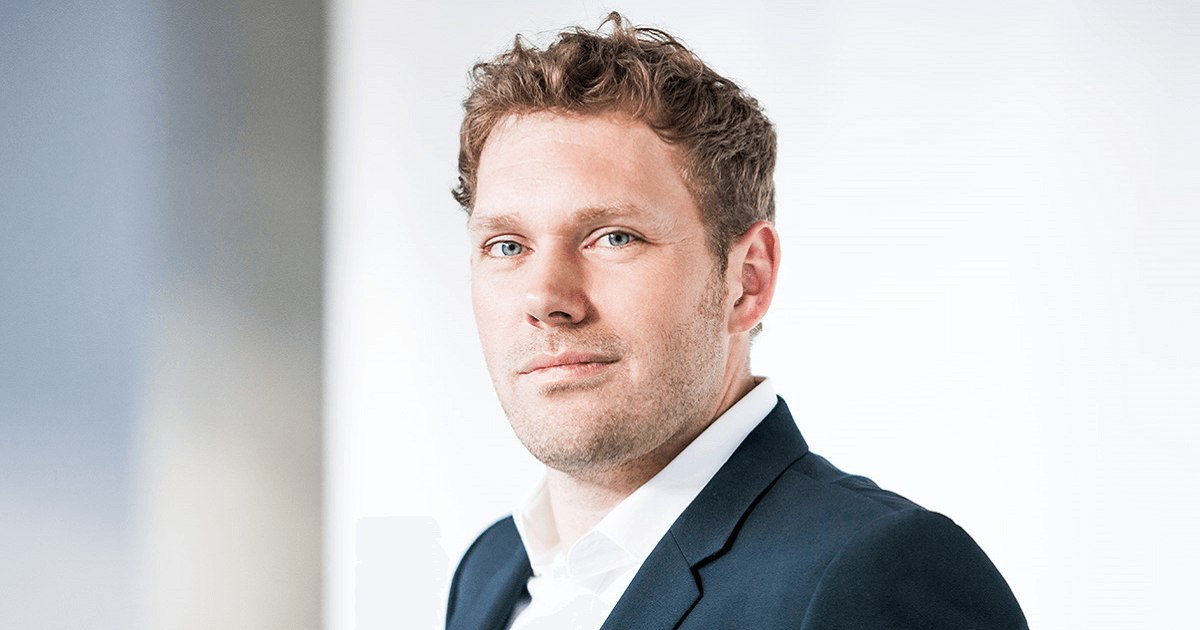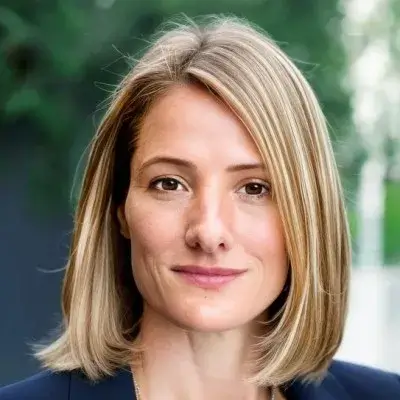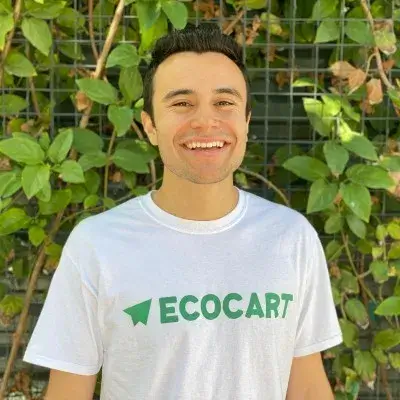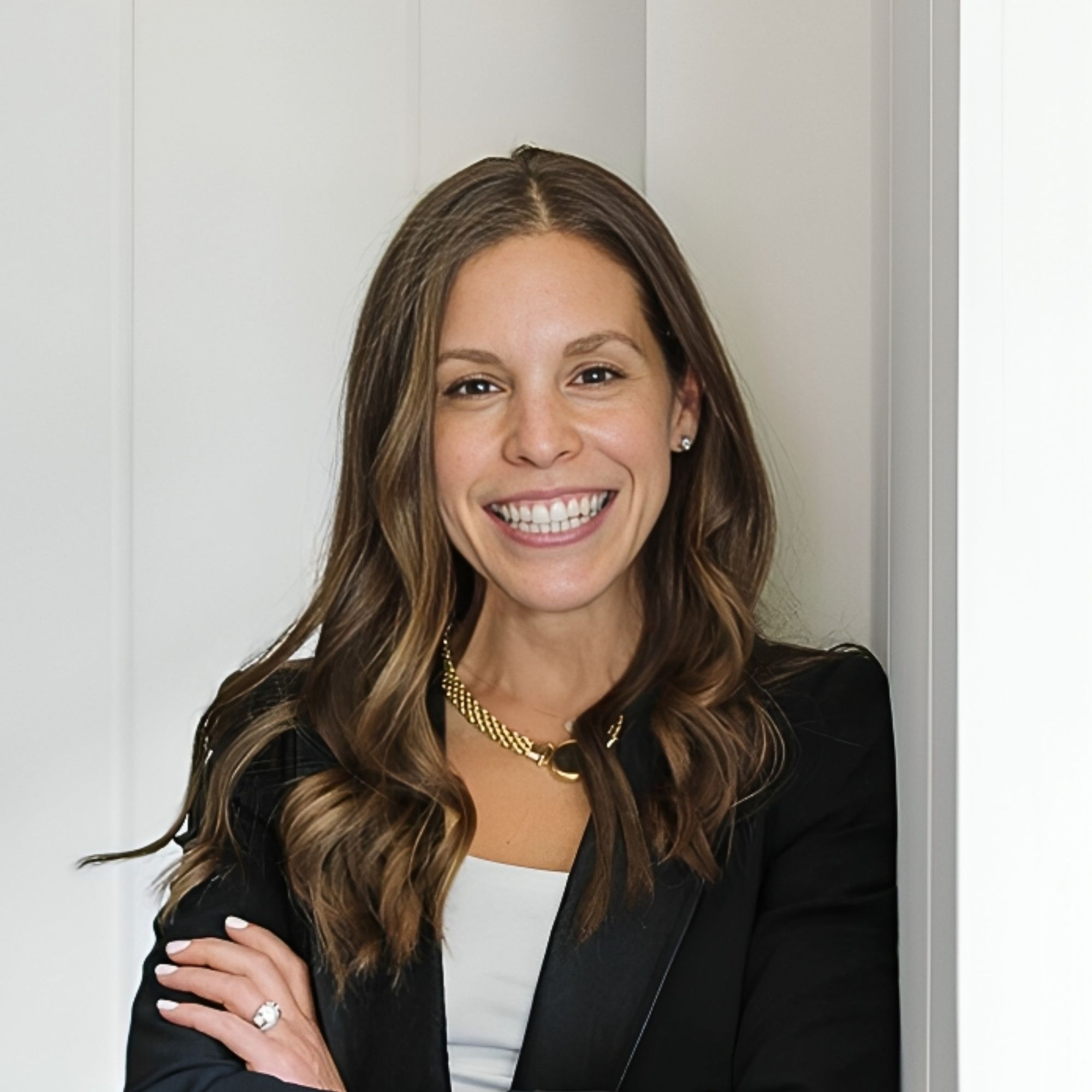Ready to launch your own podcast? Book a strategy call.
Frontlines.io | Where B2B Founders Talk GTM.
Strategic Communications Advisory For Visionary Founders
Conversation
Highlights
Building a 3D Commerce Category: Why One Founder Chose Patient Capital Over Venture Funding
Most startup advice focuses on moving fast and scaling quickly. But in a recent episode of Category Visionaries, Beck Besecker shared a different playbook – one built on patient capital, strategic exploration, and the gradual development of an entirely new market category.
When Beck and his brother Barry started 3D Cloud in 2011, they had a clear thesis: “Eventually, three D will eat the Internet. Every single product on the Internet will be in 3d because it’s easier to maintain, it’s transportable.” But translating that vision into reality would take years of methodical exploration.
The brothers spent nearly half a decade testing different market segments, from fashion to industrial equipment. As Beck recalls, “We probably spent four years trying to find it. We did fashion and shoes and luxury items and cars and industrial equipment and healthcare equipment.” This methodical exploration finally led them to an opportunity in the home improvement space, starting with decking products.
What set 3D Cloud’s journey apart was their deliberate approach to funding. Rather than pursuing traditional venture capital, Beck opted for a different path: “We’ve always raised money from high net wealth, former founders and entrepreneurs. We’ve never really raised monies from financial entities like a VC.”
This decision wasn’t just about the money – it was about finding investors who understood the realities of building something entirely new. “I encourage a lot of people, if you can do it, find a family fund that is financed by a former entrepreneur who understands operations and is patient, especially unless your business model is fully baked out and you’re ready to go.”
The patience of their investors proved crucial as 3D Cloud worked to define what would eventually become known as the “3D commerce” category. Beck emphasizes that this timeline isn’t unusual, even if it differs from popular startup narratives: “I would argue that in most cases, that’s what’s real. We tend to hear the quick hit stories, and that’s not real.”
Their breakthrough came when they identified the perfect combination of factors in the home improvement and furnishing market. These products had long shelf lives, complex configuration needs, and clear visualization benefits. This focus allowed them to build deep expertise in a specific vertical rather than trying to serve everyone at once.
The emergence of new roles within major retailers validated their category-creation efforts. “We started hearing from our retail partners, which are like Macy’s and Lazy Boy Bob’s furniture, Miller Knoll, that they started hiring people with roles that were like head of visualization.” This trend led them to launch the first 3D Commerce Summit, creating a dedicated space for this emerging professional community.
Beck’s approach to growth has remained steady and sustainable. “Historical growth rate 25% for the last five, six years. That was just about the right pace. We’re not a hockey stick business. Right. We’re kind of keep building the foundation business.”
This measured approach extends to their relationship with investors. Beck emphasizes the importance of radical transparency: “If all I hear from good news from you, I can’t believe anything you say. You’ve got to be balanced, and you got to do the same thing with your investors.”
For founders considering a similar path, Beck offers this insight: “When you take a product to market, you’re basically making a proposition to the market, and the real work is like listening for what comes back to you. And it takes time. People got to tell you their deep, dark problems and usually they’re nuanced and hidden and you got to suss all that out.”
The story of 3D Cloud offers a compelling counterpoint to the typical Silicon Valley narrative. It suggests that sometimes, the path to category creation isn’t about moving fast and breaking things – it’s about having the patience to find the right market, the right timing, and the right investors who understand the long game of building something truly new.
Actionable
Takeaways
Fake It Before You Make It to Validate Demand:
When exploring a new opportunity, Beck advises entrepreneurs to "fake it" by creating a mockup or teaser to gauge interest before investing heavily in building out the full solution. By launching a placeholder website for the 3D Commerce Summit and tracking sign-ups, 3D Cloud was able to confirm sufficient demand to justify the event. Founders should use lightweight experiments to test their hypotheses and inform resource allocation.
Prioritize Retention Over Growth at All Costs:
While topline growth is often celebrated, Beck emphasizes that retention is the most important metric for a B2B SaaS business. By investing significant time upfront to ensure a strong value proposition and good customer fit, 3D Cloud has achieved net retention of 110%+ and a highly profitable, stable revenue base. Founders should focus on delivering compelling outcomes for their customers before chasing aggressive expansion.
Seek Patient Capital from Operators, Not Just Financiers:
In contrast to the "winner takes all" mentality of many VCs, Beck has deliberately raised funding from high-net-worth individuals and former entrepreneurs who understand the challenges of building a business and can provide strategic guidance alongside capital. While not always possible, founders should strive to align with investors who share their long-term vision and can weather the inevitable ups and downs of the journey.
Foster Radical Transparency to Build Trust with Stakeholders:
Beck stresses the importance of treating investors' money with deep respect and maintaining open, honest communication about both the good and the bad. By proactively sharing challenges and setbacks with his board, he has cultivated trust and a collaborative problem-solving dynamic. Founders should resist the temptation to sugarcoat reality and instead err on the side of transparency to build resilient relationships.
Catalyze Community to Establish Category Leadership:
As the 3D Commerce space began to take shape, 3D Cloud seized the opportunity to bring together the emerging ecosystem by launching the first industry conference. By creating a forum for knowledge-sharing and relationship-building among pioneers in the field, the company positioned itself at the center of the conversation and reinforced its category leadership. Founders should look for ways to convene and educate their market to accelerate adoption and shape the narrative around their solution.

